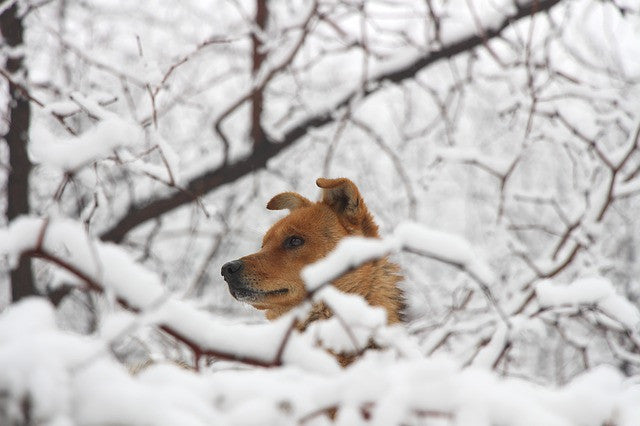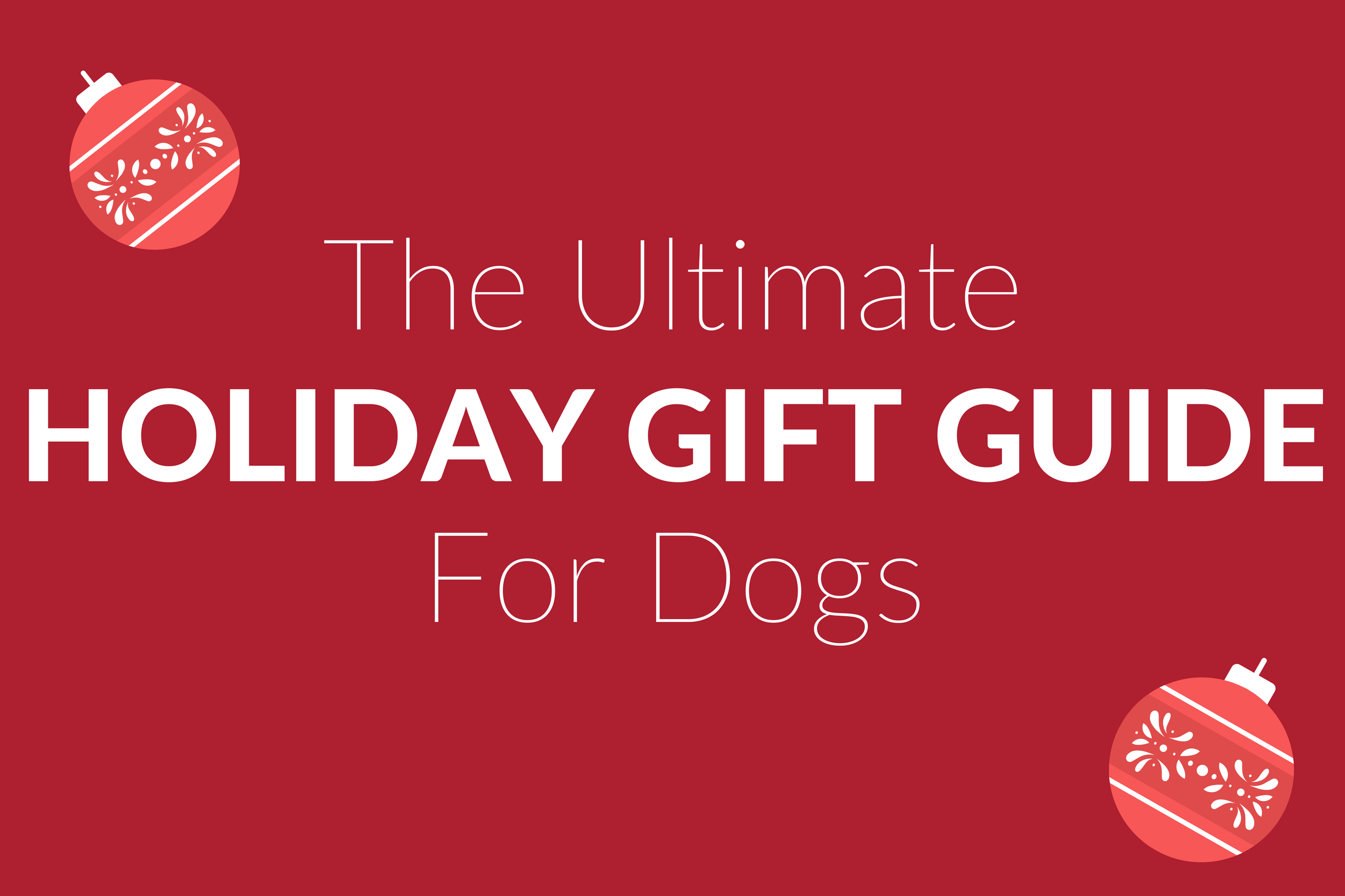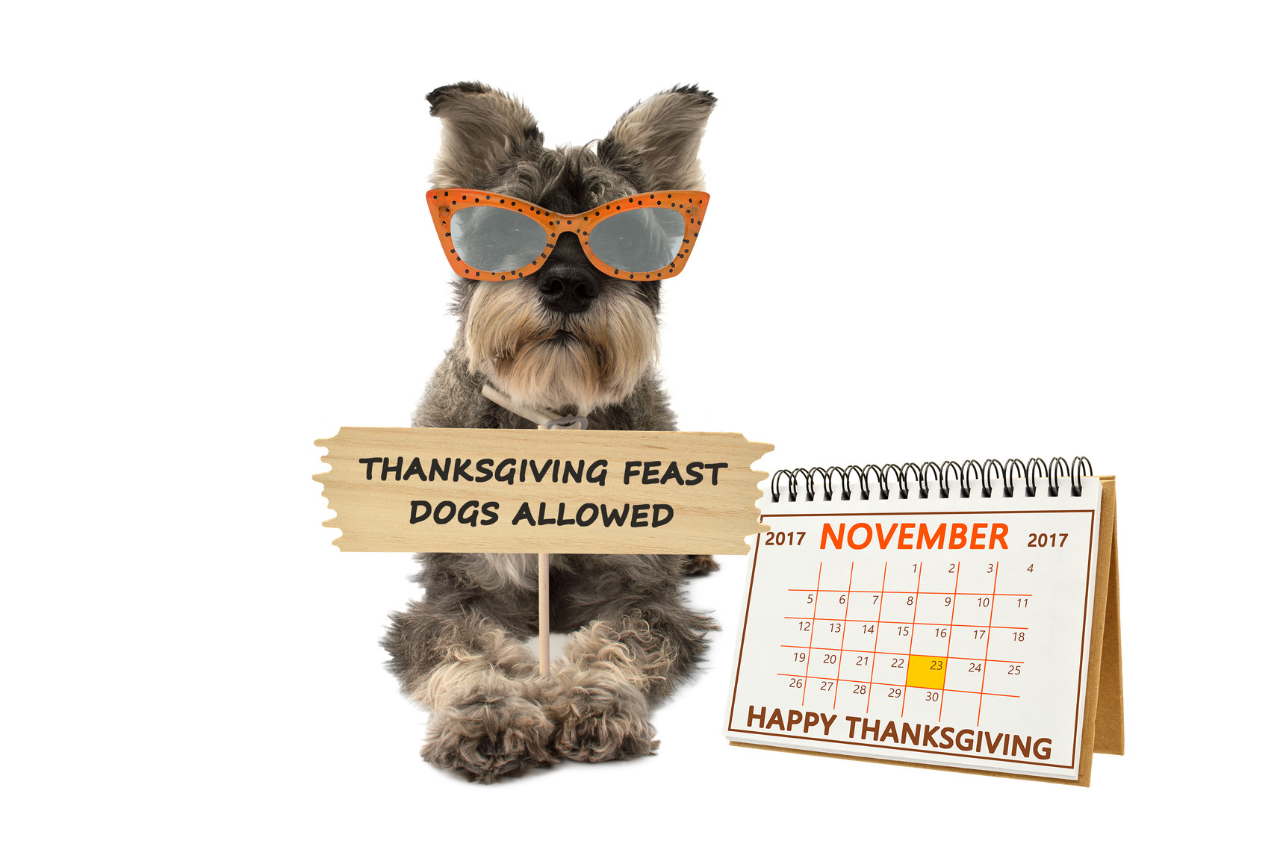Did you know that the risk of poisoning jumps exponentially in the winter given the liberal use of rock salt and antifreeze in and around the home? Or that soreness, cracking and even chemical burns are common paw injuries during the winter?
By no means should you cancel your next winter walk. Rather, be aware of the most common risks for dogs during the cold winter months and proactive in preventing them.
THE MOST COMMON WINTER WEATHER HAZARDS
Ice Melts & Rock Salt
Rock salt is an ice-melting agent used liberally on streets, sidewalks and driveways during the winter months. It easily gets lodged between dogs’ toes and can cause irritation, dryness, cracking and even chemical burns after prolonged contact. Rock salt is also commonly ingested by dogs. Dogs that lick rock salt off of their paws and ingest just a small amount can experience oral irritation and gastrointestinal discomfort. Greater consumption can result in dehydration, pancreatitis and even liver failure.
Antifreeze
Antifreeze is an anti-freezing agent used most commonly in automobiles and homes. The agent contains ethylene glycol, a colorless and odorless chemical that can be lethal for dogs if consumed in the smallest amount. Many dogs have been poisoned after licking antifreeze off of the garage floor (after it dripped from a car’s radiator) or slurping it up out of a toilet bowl (after it was used to ‘winterize’ the pipes). Symptoms of ethylene glycol include vomiting and abdominal pain.
Frostbite and Hypothermia
Prolonged exposure to freezing temperatures can cause damage to skin and tissue (frostbite) and lead to dangerously low body temperatures (hypothermia) How cold is too cold? As a rule of thumb, if it's too cold for you to be outside, then it's too cold for your pup. Paws, ears and extremities are at most risk of frostbite, and wet dogs can develop frostbite and hypothermia at alarmingly fast rates. According to VCA Hospitals, symptoms of frostbite in dogs include “coldness and/or brittleness of the area when touched… pain when you touch the body part(s)… swelling of the affected area(s)... blisters or skin ulcers… areas of blackened or dead skin.”Ice Balls
Ice can easily get trapped in a dog’s paws, particularly if he has hairy feet. Dogs that lick at these ice balls may ingest rock salt or other harmful ice-melting chemicals. Consider using winter boots or trimming your pup’s hairy paws to prevent ice balls from getting trapped.
PROTECT YOUR PUP DURING THE COLD WINTER MONTHS
Dog Boots
Dog boots are the best way to protect your pup’s paws during the winter months. Of course, not every dog enjoys having his or her feet pushed into little shoes. We’ve had great luck with PawZ by Top Paw - they're tight rubber slip ons that don't fall off and keep paws from getting too cold and full of snow (available on Amazon). They also prevent sidewalk salt from getting stuck in the paws.
Wiping
Get in the habit of immediately wiping or washing your pup’s paws with a warm cloth after a walk through snow or ice. Although there are a selection of pet wipes on the market, we find sensitive baby wipes are the cheapest, easiest and most convenient option.
Protective Balms
Consider a wax-based cream to protect your pup’s paws from snow, ice and salt. One of the most popular balms for outdoor adventures is Musher’s Secret. Petroleum jelly, i.e. Vaseline, is another safe and non-toxic option to consider.
Humidifier
Artificially-heated air is very dry and can contribute to dry skin and cracked paws. Consider getting a humidifier to add moisture to the air and your pup’s skin and paws (not to mention your own skin).
Reduce Frequency of Bathing
The general rule of thumb is to bathe a healthy dog once a month with a mild dog shampoo or human baby shampoo (try Johnson’s baby shampoo). Keep in mind, however, that skin is more prone to dry and crack in cold winter months when artificially-heated air is used. For this reason it’s best to avoid bathing your pup in the winter unless necessary. If your pup doesn’t smell, there is no reason for a bath.
Read more: The Best Dog Boots and Paw Protectors for Winter Adventures













